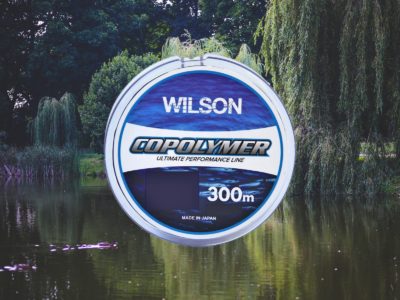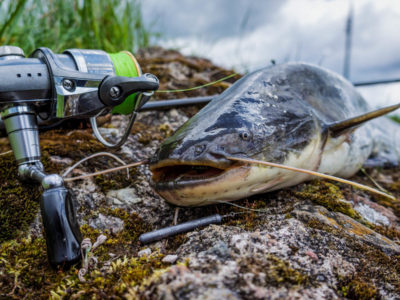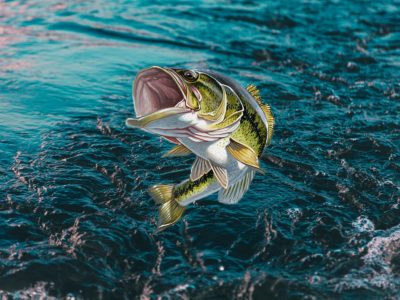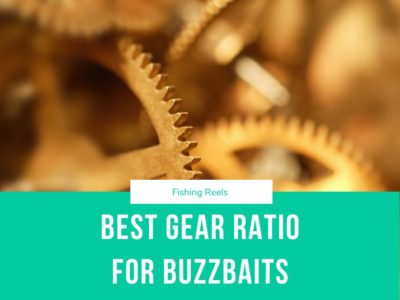Gone are the days when you’d walk into a tackle shop and know precisely what line you would buy. Back then, monofilament line was king. These days, there are tons of different options from the top manufacturers in the business, including mono, fluorocarbon, braid, steel, and more.
With so many technically advanced fishing line options on the market, the price of line has advanced just as quickly. If you’re like most anglers, you’re looking for a product that will deliver the most bang for your buck, and that’s where copolymer fishing line comes into play.
Copolymer line offers several advantages over the competition at an excellent price, and more anglers are beginning to take notice. Today, we’ll cover everything you need to know about copolymer line so you can decide if it’s right for you on your next trip to the tackle shop.
Table of Contents
What Is Copolymer Fishing Line?
Copolymer fishing lines are made from two different polymers that are melted together and extruded.
The easiest way to understand copolymer fishing line is to know how it fits into the fishing line category as a whole. There are four common types of fishing line available:
- Braid
- Monofilament
- Fluorocarbon
- Copolymer
Of the modern fishing lines, braid is the oldest. Braid has been around for about 100 years, and the early versions were made from dacron fibers that were braided together to form a single line. Braided line offers excellent strength, good knot strength, and minimal stretch, all characteristics that come in handy when fishing.
After the DuPont company invented nylon in 1938, the company quickly began working on developing a fishing line from the new material. To make a monofilament line, a plastic polymer is melted and extruded through tiny holes to produce a line of a specific diameter, then spun onto spools for sale.
Monofilament line provides two significant improvements over dacron braid: it offers exceptional knot strength while being more difficult for fish to see than braided line, which sticks out like a sore thumb. Still, it was stiff and difficult to cast, and monofilament line didn’t catch on until the late 50s, when DuPont released a softer and more supple line known as Stren.
Stren rectified most of the issues present with early monofilament lines, but there was still room for improvement.
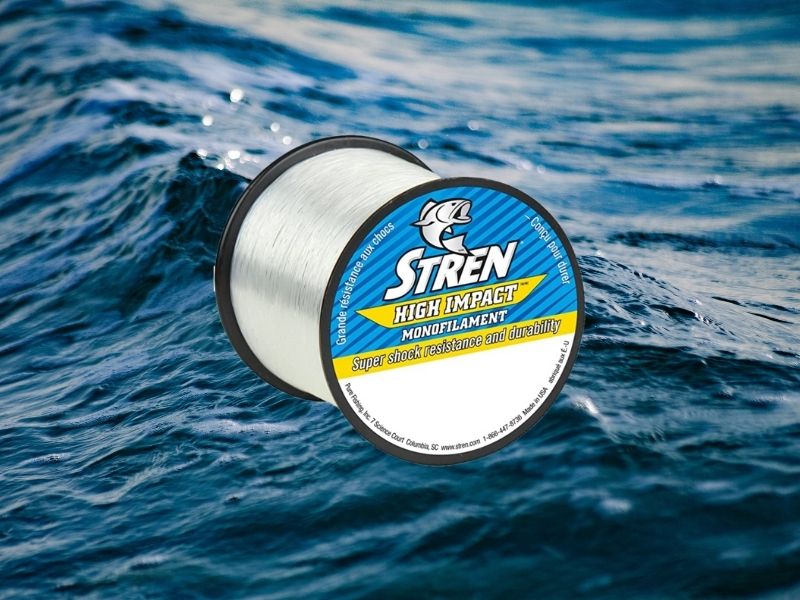
First of all, monofilament line can stretch significantly before it breaks. In some instances, this characteristic is desirable, but most of the time, the stretchiness of the line offers fish an opportunity to gain leverage and spit the hook. Also, while monofilament was less visible underwater than braid, it’s still pretty easy to see.
Enter fluorocarbon. Fluorocarbon is the most advanced fishing line, and it’s made from polyvinylidene fluoride. This material has a refractive index very close to water, making it nearly invisible under water.
Fluorocarbon is exceptionally strong, especially when you compare its tensile strength to the diameter of the line. Beyond strength, it’s also durable and offers exceptional abrasion resistance that comes in handy when you’re fighting toothy predatory fish species or fishing in areas with rocks and heavy structure.
Of all the desirable properties of fluoro, there’s one property it has that isn’t so desirable. Boy, it sure is expensive.
That’s where the copolymer line comes in. These lines are made from two different polymers that are melted together and extruded. The primary polymer is inexpensive and has properties similar to monofilament, while a second polymer delivers improved strength, lower visibility, and improved knot strength.
Copolymer vs. Fluorocarbon Fishing Line
With its higher breaking strength, reduced visibility underwater, and superior abrasion resistance, it’s challenging to beat fluorocarbon. Few anglers would ever argue against the performance of fluorocarbon, but the high price is a drawback for many.
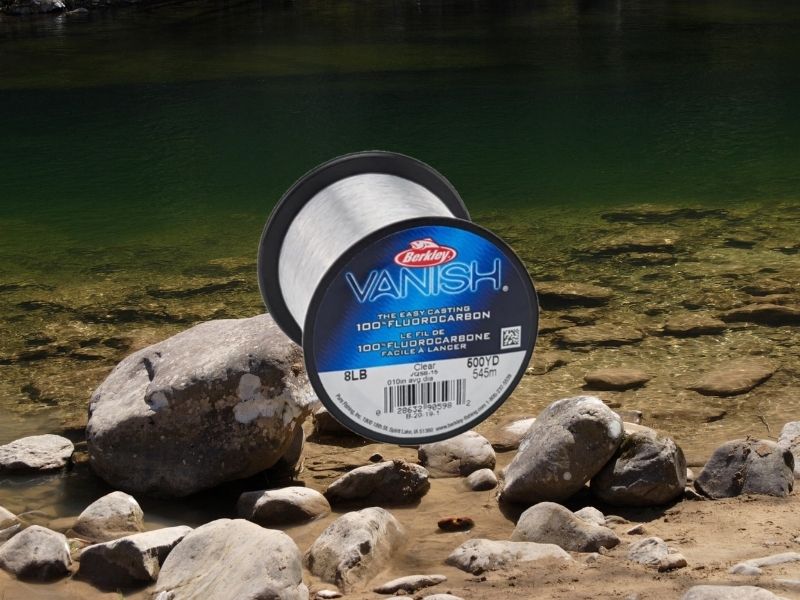
Copolymer leverages a lot of the same technology that makes fluorocarbon so desirable for a price somewhere between monofilament and fluorocarbon. Many anglers agree that the slight trade-off in the performance department is well worth the savings that copolymer lines represent.
PRO TIP: Fluorocarbon line is the better choice than colpolymer fishing line for the money
Not only is copolymer less expensive than fluorocarbon, but it also offers one distinct advantage: it’s much easier to cinch your knots with copolymer than fluoro. Fluoro’s stiffness and lack of stress make it harder to tie than other lines, one area where copolymer outperforms fluoro.
If money is no object, then fluorocarbon is a clear choice. But, if you’re willing to make some slight trade-offs in the performance department in favor of a lower price, the copolymer is the best choice.
Monofilament vs. Copolymer Fishing Line
While monofilament line has been a tried-and-true option that many anglers continue to rely on, copolymer fishing line is the clear choice when you stack the two up against one another.
PRO TIP: Copolymer line is the better choice than monofilament line in most situations
With its superior abrasion resistance, low visibility underwater, and improved tensile strength relative to the diameter of the line, it’s evident that copolymer outperforms monofilament by every measure. While copolymer is a few bucks more expensive for a spool, most anglers agree it’s well worth the few extra dollars.
Copolymer Fishing Line Pros & Cons
When you consider how many choices there are today, comparing different fishing lines can make your head spin. Before you head to the tackle shop, consider the pros and cons of copolymer lines below, which should help you make your choice more easily.
Pros
- Lower visibility in water than braid or monofilament
- Provides excellent tensile strength with a thinner diameter than mono
- Higher abrasion resistance than mono
- Superior knot strength compared to fluoro
Cons
- More expensive than monofilament
- Not as invisible, abrasion resistant, or strong as fluorocarbon
The Last Cast
Copolymer fishing line offers plenty of excellent characteristics with very few drawbacks. For anglers looking to maximize the hard-earned money they spend on fishing, copolymer line is one of the first things you can change to put money back in your pocket without affecting your performance on the water.
Consider lining up one of your rods with a copolymer line next time you hit the tackle shop, and you should be pleasantly surprised by how well it performs in the field. From strength to abrasion resistance to stealthiness and everything in between, copolymer is the anglers choice for affordable and high-performance fishing line.
Editor’s Picks
